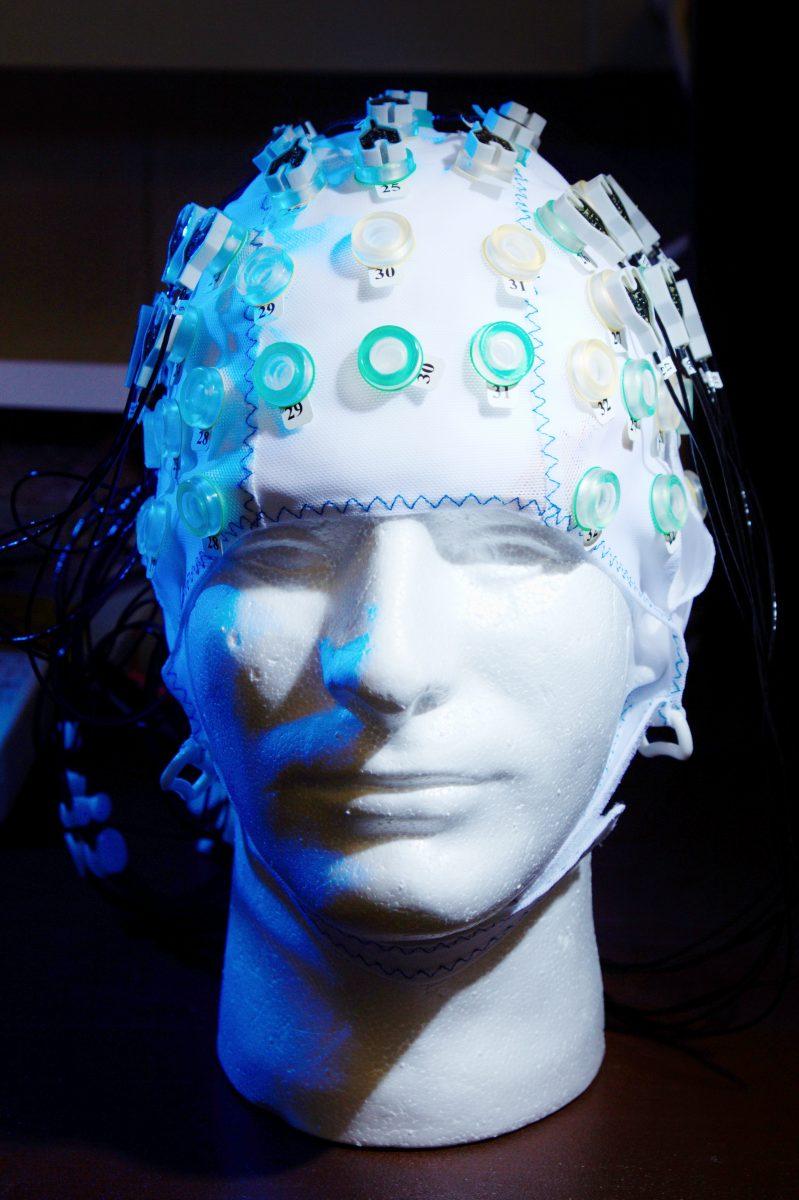N.C. State researchers received $1.2 million from the National Science Foundation for a project that translates neuromuscular signals into commands for a prosthesis.
The goal is to improve mobility for people who use prosthetics, said Helen Huang, principle investigator of the project and an associate professor of biomedical engineering.
Her team is creating a prosthesis that can recognize neuromuscular control signals from muscles attached to the prosthesis.
“For example, if you want to move your hand, you will have to send out a signal directly from your brain and then all the way to your muscle to contract that muscle and the muscle can drive the joints to cause the hand to open,” Huang said.
Nathanial Conti, a senior in biomedical engineering, said artificial limb technology has come a long way since the days of the peg leg, when artificial limbs simply provided “a sense of aesthetic completion or providing a crutch.”
He said this research can improve the lives of those who have lost their limbs, and he wants to undertake this research professionally.
“There are many people who have lost limbs to various reasons such as conflict and disease,” Conti said. “Prosthesis research is a way to improve the quality of life and restore some normalcy to living habits of these people.”
The money from the NSA will help researchers study what combinations of neural signals produce movements, Huang said. The interface her team is developing can interpret everything from brain signals from the central nervous system to neuromuscular control signals from the peripheral nervous system. Researchers from the University of Houston will join the project.
Conti said Huang’s work is important, and he hopes to see more progress in the field.
“As technology becomes increasingly sophisticated, we are seeing new possibilities for the eventual restoration of full functionality,” Conti said. “Being able to interface neural signals with components built into prosthetic limbs is a giant step towards this goal.”
Huang said the interface can get information from different neural signals, such as brain signals from the central nervous system, or neuromuscular control signals from the peripheral nervous system.








